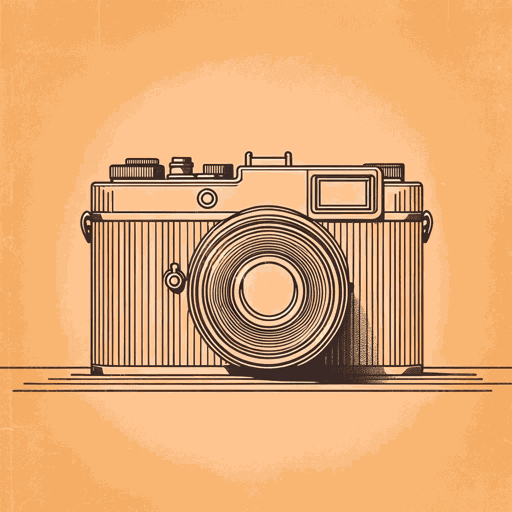76 pages • 2 hours read
Kim EdwardsThe Memory Keeper's Daughter
Fiction | Novel | Adult | Published in 2005A modern alternative to SparkNotes and CliffsNotes, SuperSummary offers high-quality Study Guides with detailed chapter summaries and analysis of major themes, characters, and more.
Symbols & Motifs
Cameras and Film
Cameras—specifically the titular Memory Keeper—and film appear as the primary symbols throughout the novel. The relationship between photography and the characters within the novel begins when Norah buys David the Memory Keeper for their anniversary: “‘I bought David a camera for our anniversary,’ Norah said, wishing she could capture these fleeting instants, hold onto them forever” (78). Norah believes that photography will enable her to halt the progression of time, as though the images exist outside of constrictions of temporality. In this way, she attempts to turn memories into tangible objects, things that can be possessed. These photographs are also inextricably linked to memories: “now she would always have that image with her” (84). The idea of possession seems important to Norah, possibly because it exists as a way for her to counteract her daughter’s loss.
However, other characters have other relationships with photography, indicating the relativity of experience. Whereas Norah uses photography to rebel against the loss of her daughter via possession, David uses photography to feel connected to other people and the environment around him but ultimately objectifies his wife: “He’d seemed obsessed over the years, always seeing the world—seeing her—as if from behind the lens of a camera” (177).

